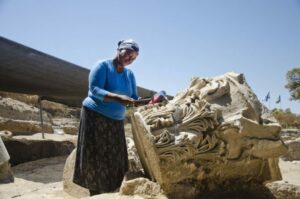Ancient World
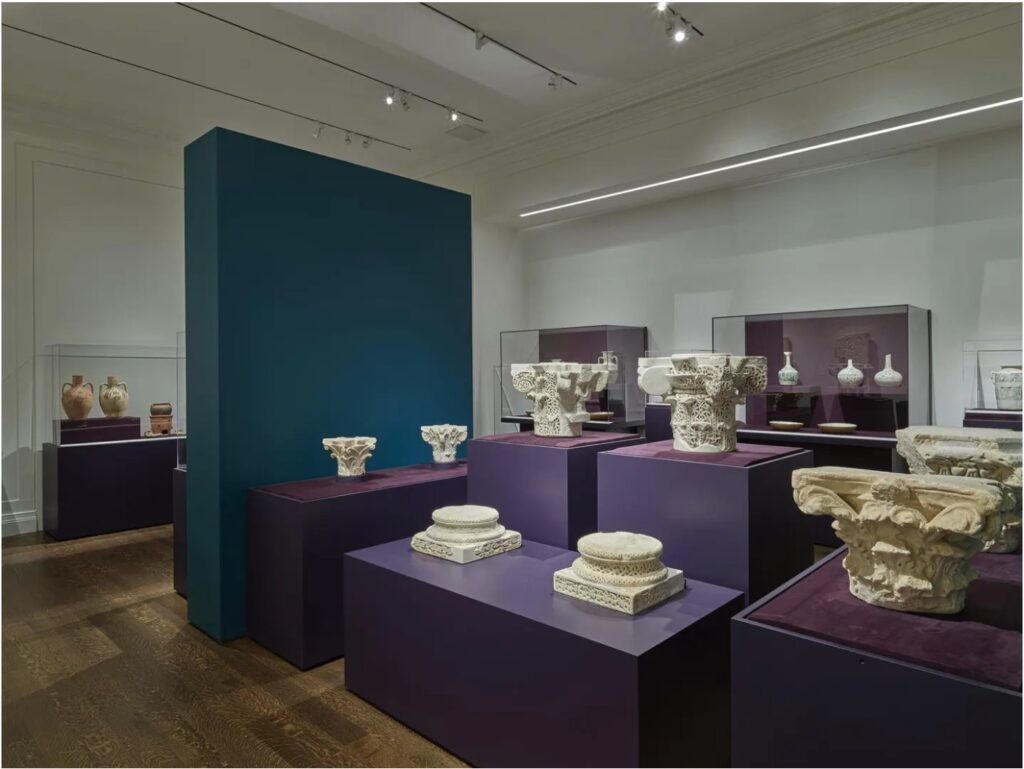
Visit Spain For Free, Courtesy of ISAW
Forbes - NYU’s Institute for the Study of the Ancient World dives into Spain’s past presenting Madinat al-Zahra: The Radiant Capital of Islamic Spain, the first exhibition in the U.S. to showcase the Umayyad caliphate who ruled Spain in the tenth century CE and their palace-city of Madinat al-Zahra...
Greg Woolf Named as Director of NYU’s Institute for the Study of the Ancient World
NYU President Linda G. Mills and Provost Georgina Dopico today announced the appointment of Greg Woolf—currently the Ronald J. Mellor Distinguished Professor of Ancient History at UCLA and the former director of the Institute of Classical Studies (ICS) at the University of London—as the new Leon Levy Director of NYU’s Institute for...

Institute for the Study of the Ancient World opens new exhibition ‘Through The Lens: Latif Al Ani’s Visions Of Ancient Iraq’
ISAW is excited to announce our upcoming Fall exhibition, Through the Lens: Latif Al Ani’s Visions of Ancient Iraq, opening November 8, 2023. Through the Lens explores the cultural and political exploitation of Iraq’s history through the eyes of nineteenth century archaeologists, twentieth century photographers, and contemporary artists.

A new Louvre Museum Exhibition: From Dilmun to Tylos. An Archaeological Journey in the Kingdom of Bahrain
Thanks to a five-year loan of over 70 artefacts from the Bahrain National Museum, this presentation provides an overview of the succession of different cultures on the island of Bahrain between the Bronze Age and the beginning of our era. Bahrain was called Dilmun (from 2300 to 500 BC), then Tylos (from 300 BC...
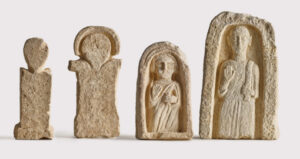
Relics from Charlemagne to Voltaire now on display at The National Library of France
The New York Times - King Dagobert’s bronze throne. Charlemagne’s ivory chess pieces. Mozart’s handwritten score of “Don Giovanni.” A 16th-century globe — the first to use the word “America." In a library? Yes, but not just any library. These works belong to the National Library of France. After 12 years and 261 million euros...
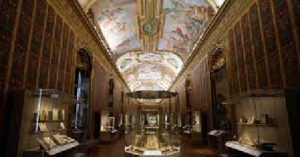
Institute for the Study of the Ancient World Exhibition Opens ‘The First Kings of Europe Project Presents – Ritual and Memory: The Ancient Balkans and Beyond’
In present-day Romania, archaeologists have discovered twenty-one stylized female figurines and thirteen model chairs—none more than 3 1⁄2 inches in height—inside a vessel at a site where a sanctuary likely stood almost seven thousand years ago. Although the ceramic women all share a similar shape, close inspection reveals variations in their faces and bodies, and...
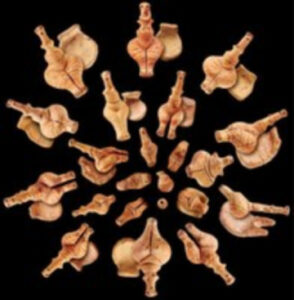
Shelby White & Leon Levy Lod Mosaic Archaeological Center is inaugurated to house the stunning Roman-era Lod mosaic
The Times of Israel - One of the most beautiful treasures of Roman-era Holy Land — the seafaring-themed Lod mosaic — was restored to its home port on June 27. Given a hero’s welcome in the form of a dedicated museum, the late 3rd century– early 4th century mosaic is now housed in the newly...
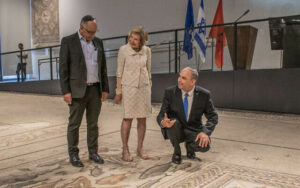
Ashkelon restoration project puts Roman basilica columns back in place
The Jerusalem Post - Work has begun on the reconstruction of some of the 50 massive marble columns of the basilica in the Ashkelon National Park as part of an overall facelift for the park, and next week the fourth pillar will be put in place. The largest basilica uncovered in Israel,...
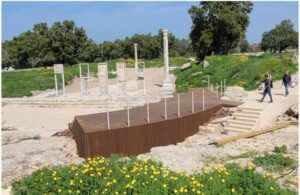
WSJ reviews ‘Pompeii in Color: The Life of Roman Wall Painting’: Excavating History’ at NYU’s Institute for the Study of the Ancient World
The Wall Street Journal - The destruction of Roman Pompeii in A.D. 79, when Mount Vesuvius buried the city in volcanic ash, was a horrific event. Plaster casts made of hollows in the dense ash, the spaces once filled by corpses, reveal the death agonies of Romans who didn’t get out in time. It’s been...

Enormous Roman Basilica Dated to King Herod’s Reign Revealed at Ashkelon, Israel
Smithsonian Magazine - Archaeologists in Ashkelon, Israel, have revealed the country’s largest Roman-era basilica, or public building. Constructed during the first century B.C., the monumental structure dates to the reign of Herod the Great, a Judean king immortalized in the Bible as a murderous tyrant. (The BBC and ...
